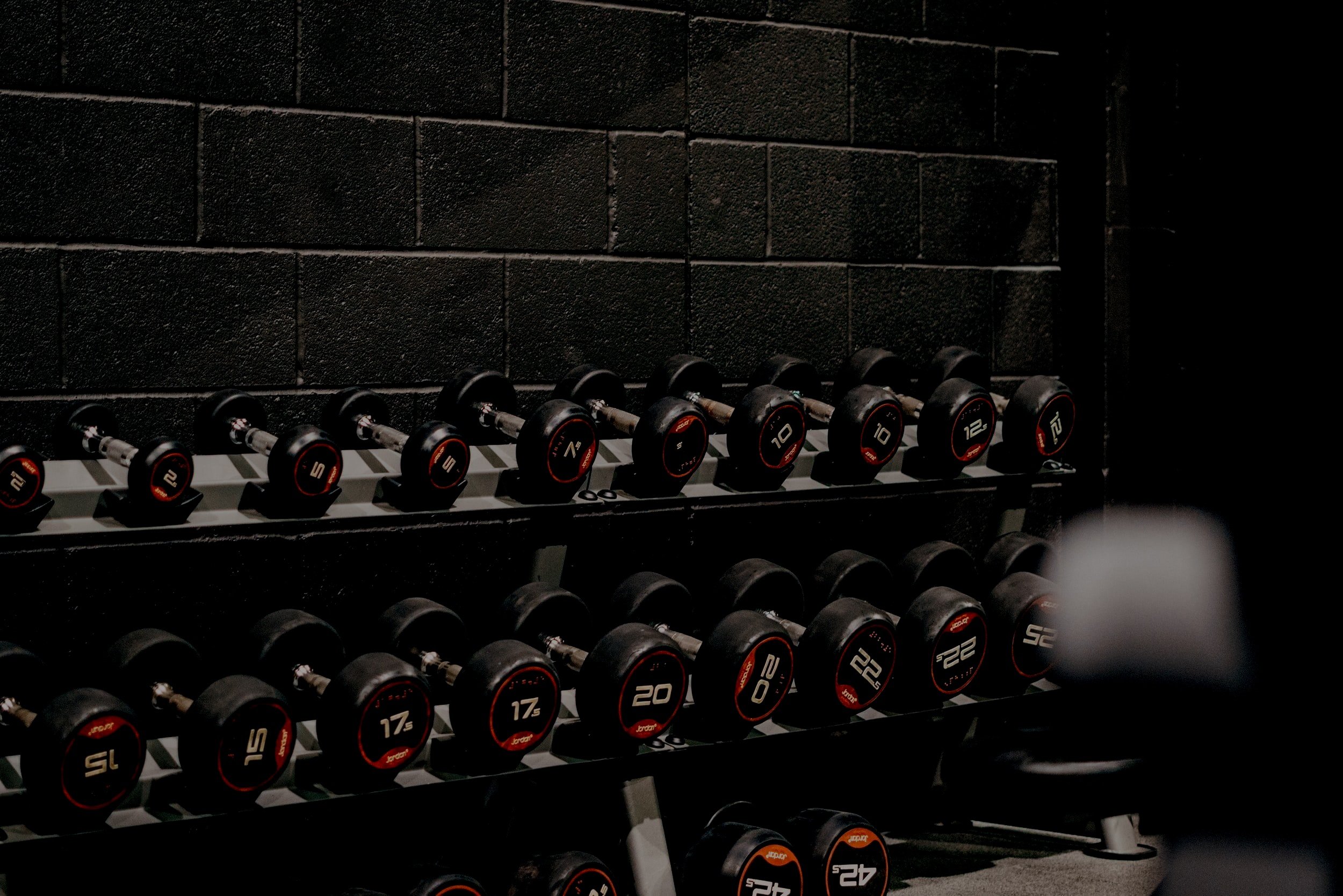
What is Progressive Overload and how to do it:
Progressive overload can be described as a method of strength training that advocates for the gradual increase of the stress placed upon the muscles and nervous system. In simpler terms, this concept ensures you’re making progress in your lifts and in acquiring more lean mass and strength. There are many ways to progressively overload, and the different methods are as follows:
-Lifting the same load but increasing the range of motion
-Lifting the same load but with better technique, at a lower RPE (less effort) -Lifting heavier loads
-Lifting the same load for an increased number of repetitions
-Decreasing rest times -Doing more sets with the same load and reps
-Doing the same amount of load but at a lower body fat percentage (increased relative volume)
Keep in mind that proper lifting technique will always trump adding a weight or rep to your sets in effort to overload. Oftentimes it could be most beneficial to simply do the same volume but aim to make it more efficient with better form at a lower RPE.
What is RPE?
RPE is an acronym for ‘rate of perceived exertion’. This is a common tool that most strength athletes and bodybuilders use to measure the intensity of a lift. It’s counterpart of RIR ‘reps in reserve’ is also commonly used and describes how many reps you had left in the tank. The scale is as follows: 10 - maximum effort, couldn’t get any more reps 9 - You could’ve gotten 1 more rep, but it was a grind 8 - Hard, but could’ve squeezed out 2 more reps 7 - Leaving 3 reps in reserve 6 - Weight is moving quickly, mostly used to work on technique 5 - Warm Up weight

